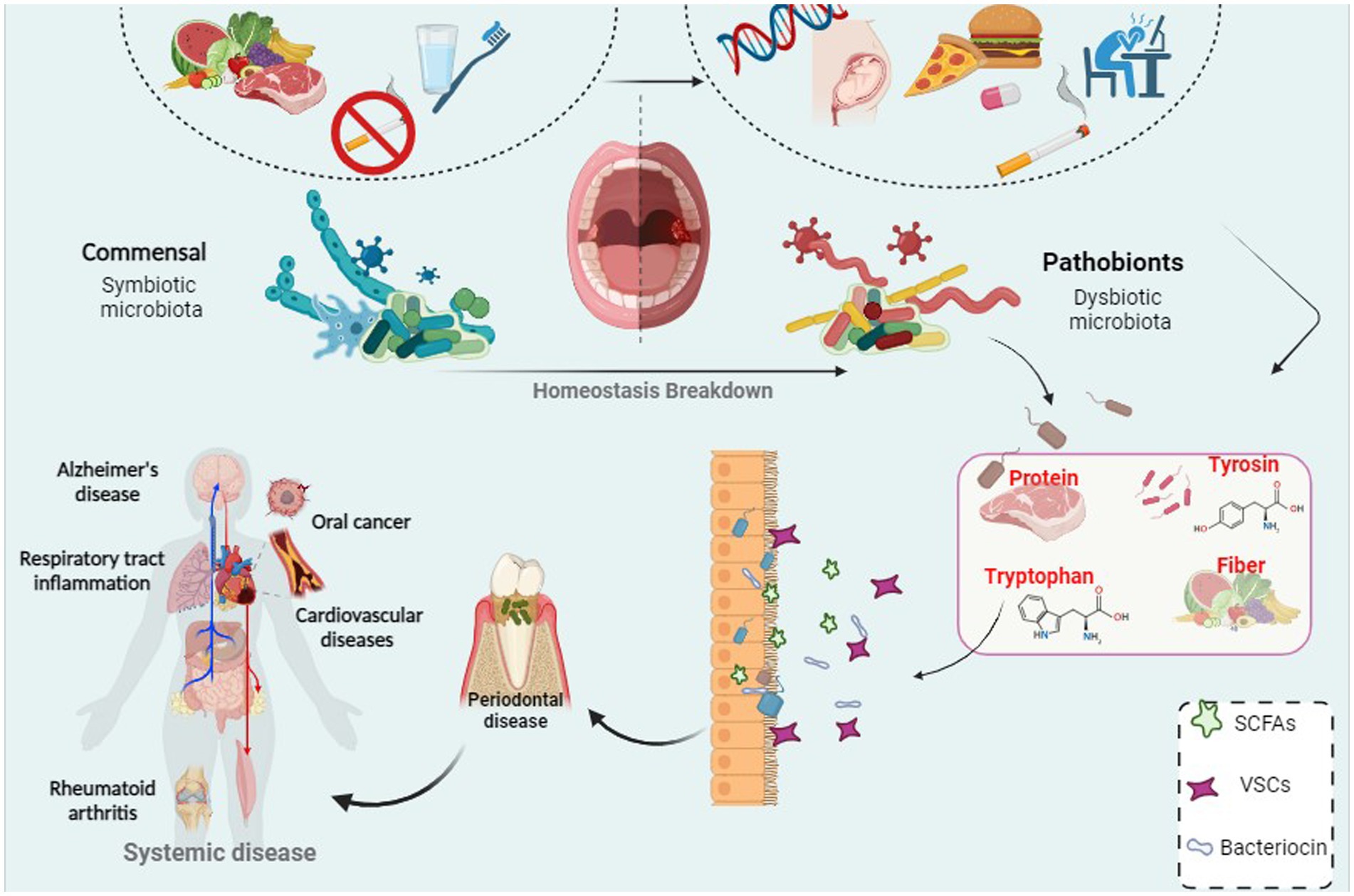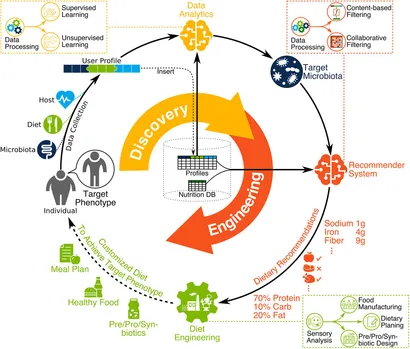A Living Ecosystem Behind Every Word We Speak
The human mouth hosts more than 700 species of microbes—bacteria, fungi, viruses, and archaea—all forming a highly interactive, complex network. This microbial community, known as the oral microbiome, affects not just gums and teeth but has systemic links to digestion, immune response, and even brain chemistry.
Understanding this micro-ecosystem requires more than microscopes. It requires computational biology.

Computational Biology: The Engine Behind Oral Microbiome Research
Computational biology combines algorithms, modeling, and data science to interpret biological complexity. In oral microbiome research, it enables scientists to:
- Decode microbial DNA sequences rapidly
- Reconstruct interaction networks between microbial species
- Model how shifts in the oral environment affect microbial behavior
- Predict ecological changes linked to diet, hygiene, or inflammation
Without this digital lens, the vast amount of sequencing data would remain unusable.

From Plaque to Data: Next-Generation Sequencing in Action
A single plaque swab, once sequenced, yields thousands of reads—tiny fragments of DNA representing different microbes. Next-generation sequencing (NGS) turns this material into datasets that are processed through:
- Quality filtering algorithms
- Taxonomic classification models
- Functional gene prediction tools
- Diversity and abundance estimators
Tools like QIIME2, MetaPhlAn, and Kraken2 help translate this data into insights. Computational biology pipelines ensure every byte of biological information is analyzed with precision.

🤖 AI: Scaling Microbial Research with Intelligence
Beyond processing, AI and machine learning interpret patterns that are too complex for humans to detect. In the context of oral ecosystems, AI can:
- Discover microbial signatures linked to early-stage imbalances
- Identify patterns across thousands of samples for population studies
- Classify microbiome profiles by lifestyle, geography, or metabolic output
- Model microbial succession (how communities evolve over time)
This is especially useful in clinical research, where outcomes rely on identifying subtle biological shifts before symptoms emerge.